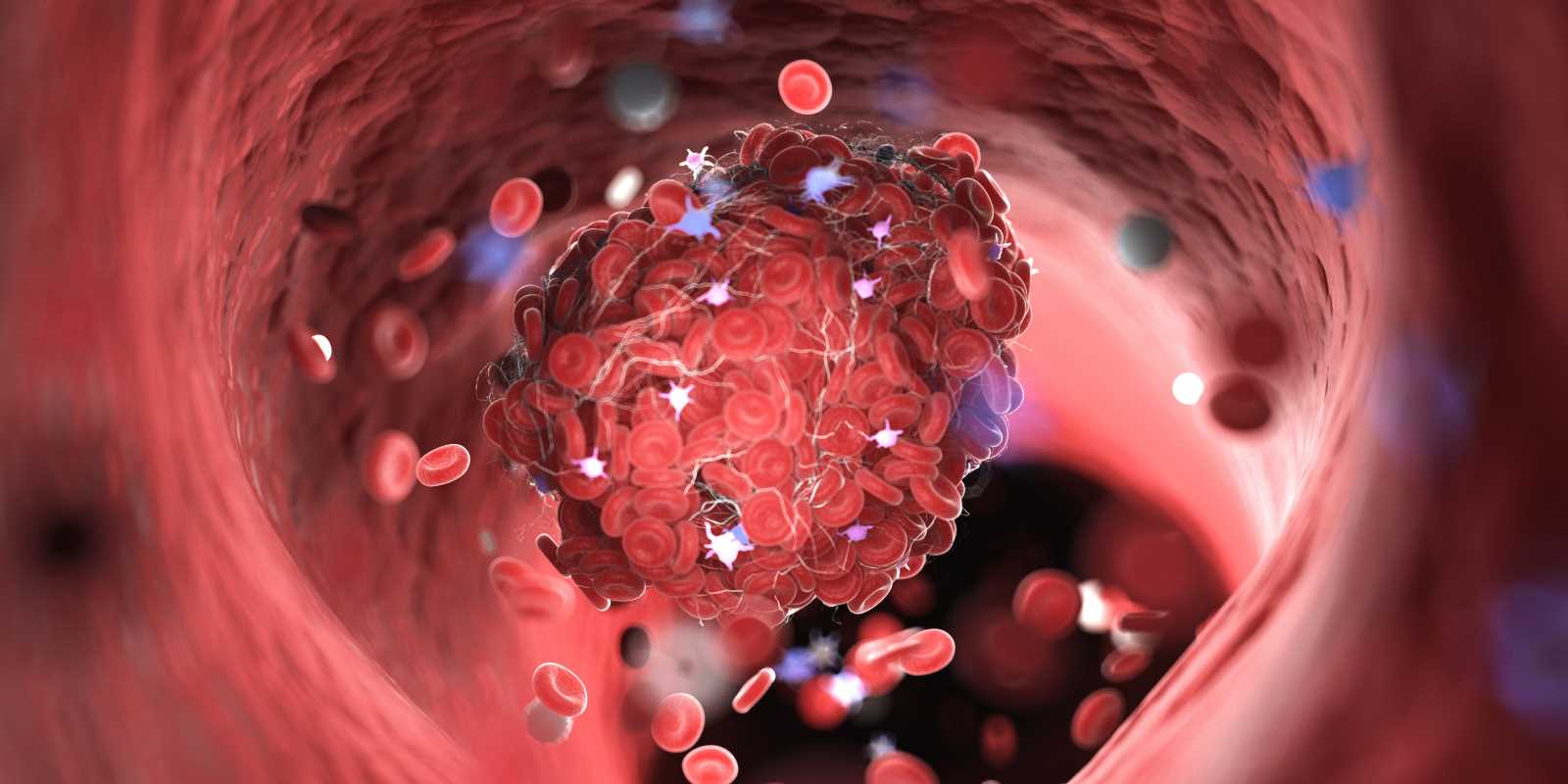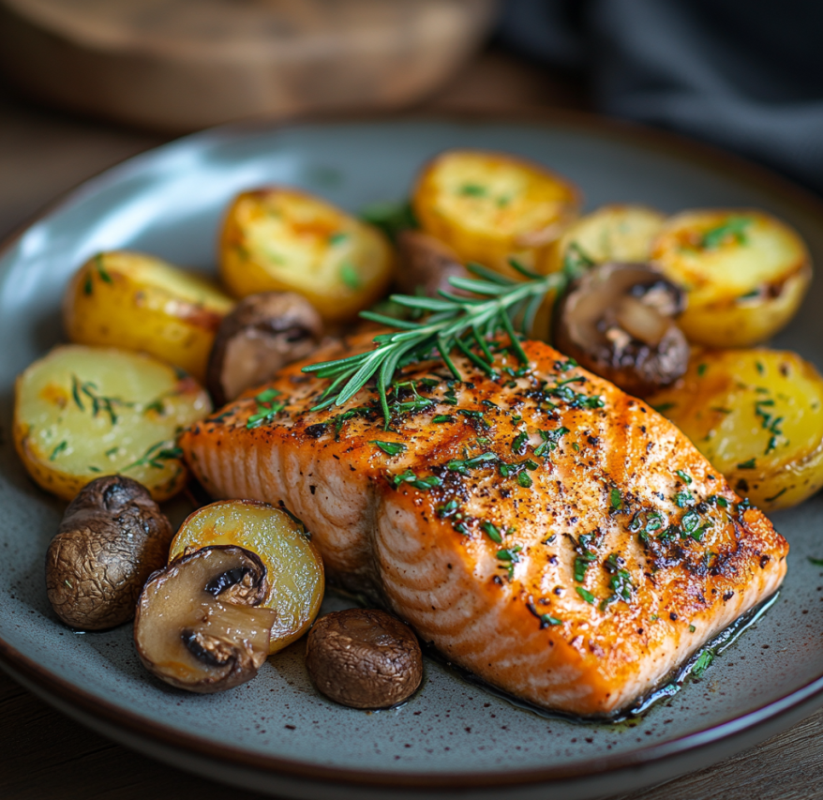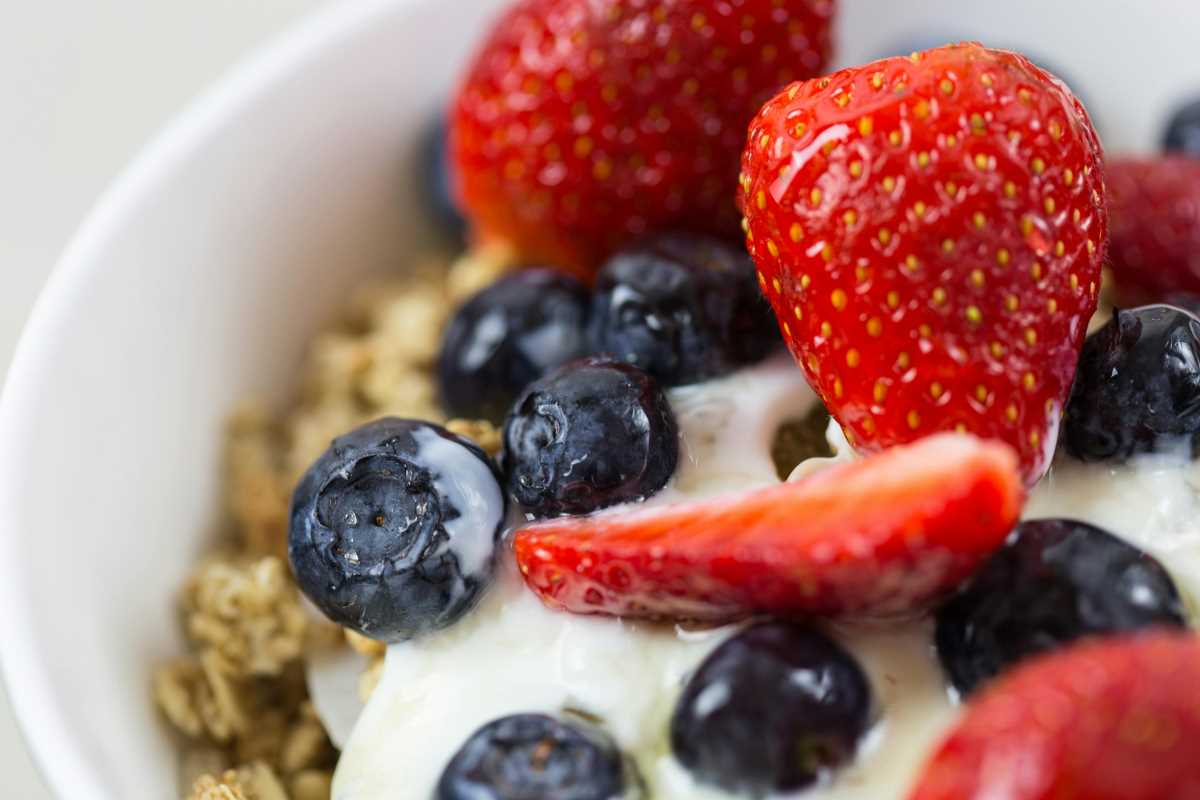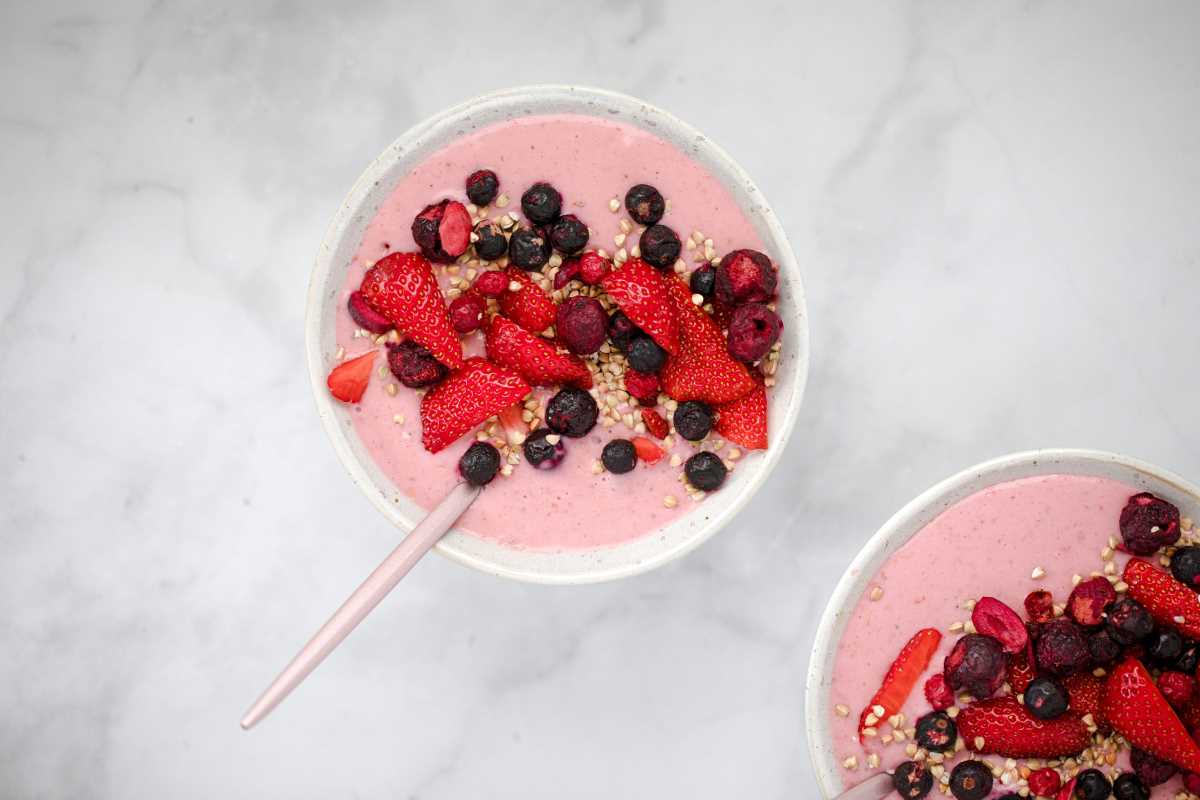Aging gracefully is something many of us strive for, and one of the best ways to support that goal is by nourishing our bodies with the right foods. What we eat impacts how we look, feel, and function as we grow older. While there's no magic recipe for turning back the clock, you can stack the odds in your favor by adopting principles from longevity diets. These are dietary patterns followed by people in regions known for their high concentration of centenarians—that is, individuals who live to 100 years or older.
But what exactly are these longevity diets, and how can they help us age well? Don’t worry—we’re breaking it all down for you.
What Are Longevity Diets?
Longevity diets come from areas known as "Blue Zones," a term coined by National Geographic journalist Dan Buettner. Blue Zones include places such as Okinawa, Japan; Sardinia, Italy; Nicoya, Costa Rica; Ikaria, Greece; and Loma Linda, California. People living in these regions consistently live longer, healthier lives than those in other parts of the world.
One of the common threads connecting these communities is their diet. Unlike many of the highly processed, fast-food-driven diets often found elsewhere, longevity diets are simple, wholesome, and deeply rooted in tradition. The focus? Lots of plant-based foods, moderate portions, and unrefined ingredients.
The Health Benefits of a Longevity Diet
When it comes to aging with vitality, food plays a central role. Longevity diets are packed with nutrients that support vital functions, reduce inflammation, and protect against chronic illnesses such as heart disease, diabetes, and even some cancers.
Here are just a few ways these diets can benefit women looking to age gracefully:
Support Brain Health
Foods rich in antioxidants, healthy fats, and essential minerals can help protect the brain from damage and improve focus and memory.
Boost Bone Strength
Nutrient-dense meals with plenty of calcium, vitamin D, and magnesium help maintain strong bones, reducing the risk of fractures and osteoporosis.
Reduce Chronic Inflammation
Many health issues stem from chronic inflammation. Anti-inflammatory foods like leafy greens, berries, and olive oil can help reduce this risk.
Maintain a Healthy Weight
Longevity diets often emphasize whole, natural foods that are nutrient-dense but lower in calories, making it easier to manage your weight over time.
The Key Ingredients to Live by
What do the meals of people in the Blue Zones really look like? Surprisingly, there are no obscure or overly expensive "superfoods" required. The key ingredients of a longevity diet are simple and accessible.
1. Plants, Plants, and More Plants
Fruits, vegetables, legumes, and whole grains make up the core of these diets. They provide the vitamins, minerals, fiber, and antioxidants that nourish your body from the inside out.
For instance, seniors in Okinawa rely heavily on sweet potatoes, which are loaded with vitamin A and iron. Meanwhile, Sardinians enjoy countless meals featuring beans, a humble yet powerful source of plant-based protein that keeps cholesterol in check.
How to Add More Plants
- Toss leafy greens like spinach or kale into soups, stews, or scrambled eggs.
- Snack on carrot or cucumber sticks with hummus.
- Add fruit to your morning oatmeal or yogurt for natural sweetness.
2. Healthy Fats
Healthy fats like those in olive oil, avocado, and nuts are a dietary staple in the Blue Zones. These fats are rich in omega-3s and antioxidants, helping to support heart and brain health while keeping skin glowing.
For example, the people of Ikaria, Greece, drizzle olive oil over everything—from salads to roasted vegetables. Regular consumption of olive oil has been linked to reduced inflammation and improved cardiovascular health.
How to Add Healthy Fats
- Swap butter for extra virgin olive oil when cooking or baking.
- Sprinkle nuts or seeds on salads, oatmeal, or rice dishes.
- Add sliced avocado to sandwiches or wraps.
3. Whole Grains Over Refined Ones
Whole grains like oats, quinoa, brown rice, barley, and rye are rich in fiber, which helps regulate digestion, control blood sugar, and lower cholesterol levels. Unlike refined carbs, such as white bread and pastries, whole grains keep you fuller longer and provide sustained energy.
Nicoyans in Costa Rica often enjoy homemade corn tortillas, a more wholesome grain option compared to store-bought refined alternatives.
How to Add Whole Grains
- Replace your usual white pasta or bread with whole-grain versions.
- Cook a big batch of quinoa or farro and use it in salads throughout the week.
- Start your day with hearty steel-cut oats topped with fruit and nuts.
4. Moderation with Animal Products
While Blue Zone diets aren't fully vegetarian, they do limit animal products. Meat and dairy, when consumed, are typically used sparingly to flavor dishes rather than act as the centerpiece.
For instance, instead of large steaks or heavy cream-based sauces, Sardinians incorporate small portions of pecorino cheese and fatty fish like sardines for added flavor and heart-healthy omega-3s.
How to Practice Moderation
- Treat meat as a condiment rather than the main event. Think of stir-fries or veggie-packed soups with small amounts of chicken or beef.
- Focus on fish or seafood a couple of times a week, if available.
5. Lean Sources of Protein
Protein is essential for maintaining muscle health, especially as we age. Lentils, chickpeas, tofu, and eggs are rich in protein while being kinder to your body than processed red meats.
How to Eat More Plant-Based Protein
- Make hearty soups or stews starring lentils or beans.
- Replace ground beef in recipes with crumbled tofu or tempeh.
- Try Meatless Monday to experiment with plant-based meals.
Lifestyle Factors that Boost Longevity
While what you eat plays a critical role in aging gracefully, lifestyle habits from those living in Blue Zones also contribute significantly to their long lives.
- Stay Active Naturally
Rather than hitting the gym, many Blue Zone residents incorporate movement into their daily activities. Gardening, walking, or simple chores help keep the body strong while promoting a sense of purpose.
- Stay Connected
Spending time with loved ones and fostering community bonds can lower stress levels and increase happiness.
- Eat Mindfully
Smaller portions and eating until you're 80% full (a Japanese practice called "Hara Hachi Bu") help control caloric intake and prevent overeating.
- Prioritize Rest and Relaxation
Getting enough sleep each night, and taking moments throughout the day to unwind or mediate, helps regulate stress hormones that can accelerate aging.
Where to Start
Transitioning to a longevity diet doesn’t mean giving up all your favorite foods overnight. Think of it as making small, sustainable changes to how you eat and live. Maybe that starts with swapping white rice for quinoa, or choosing an olive oil vinaigrette instead of creamy dressing.
Try adding just one or two new habits each week. Over time, you'll develop a lifestyle that's not only good for your health but also something you genuinely enjoy.
If you’re looking to level up your longevity game, why not invite friends or family to join you? Together, you can experiment with new recipes, try cooking days inspired by Blue Zone cuisines, and encourage each other along the way.
Aging Can Be Both Healthy and Joyful
While we can't completely control the aging process, we have more power than we might think. By learning from communities known for their long, healthy lives, you can create a way of eating and living that supports vibrant aging.
With a little effort and a lot of delicious food, aging gracefully becomes less of a dream and more of a lifestyle. Pull out your apron, gather those legumes, and start brewing some antioxidant-packed green tea. Healthy, long-lasting days are ahead for anyone ready to make small but impactful changes!
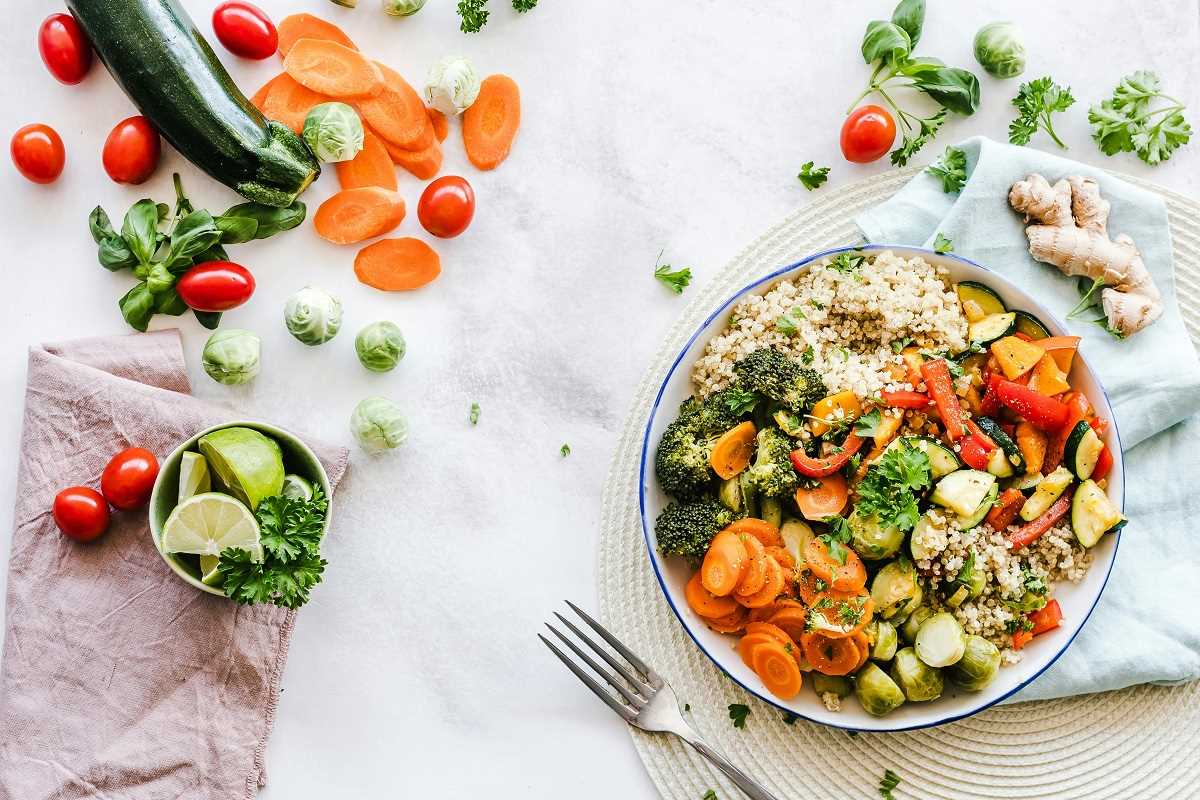 (Image via
(Image via